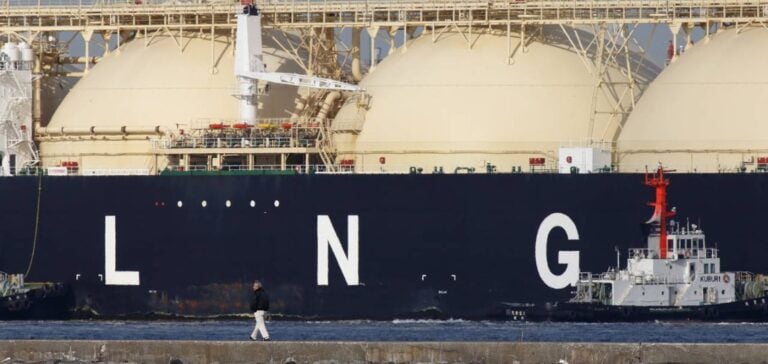The Panama Canal Authority recently increased the number of daily transits through the Neopanamax locks from seven to eight, effective June 1. The change comes as the authority strives to return to pre-drought operating levels.
Details of the new allowance
The additional slot will be integrated into period 2, for bookings made between eight and fourteen days before the desired date. At present, only one slot is available for this period. Vessels carrying LNG can only use slots allocated to period 1A and period 2.
Logistics preferences of LNG exporters
Despite the increase in slots, LNG exporters in the USA continue to favor the longer but less expensive Cape of Good Hope route for deliveries to Asia. American exporters are also turning away from the Suez Canal, due to attacks by the Houthis in the region.
Economic and tactical reasons
Low gas prices and attractive transport tariffs encourage this preference. In April, daily rental rates for TFDE containerships in the Atlantic were estimated at $33,000/day, and those for two-stroke vessels at $44,500/day. In the Pacific Basin, rates for TFDEs were $36,500/day, and for two-stroke vessels $50,500/day.
Climate impact and future forecasts
The canal authority has forecast regular rainfall at the end of April, which could allow transit restrictions to be relaxed. If forecasts are correct, the canal could be fully normalized by 2025.
Some market sources indicate that, although the new niche may not appeal to all market players, end-users such as Koreans and Japanese will start to use it more.






















